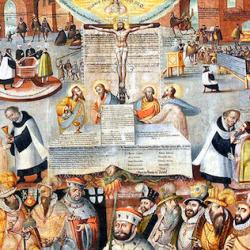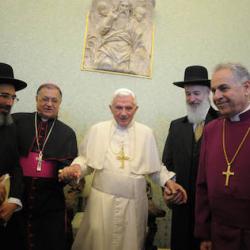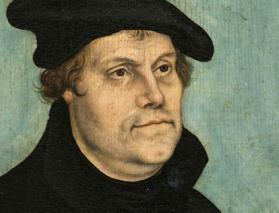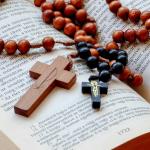Suppose denominations are declining in importance. Suppose other patterns and groupings are taking their place. What form will those other patterns and groupings have?
The short answer is: We don’t know. No patriarch could have imagined the Mosaic system, and no priest serving the tabernacle could have anticipated all the details of the temple. No one in the early church quite anticipated Constantine, Thomas couldn’t conceive the form that the church would take after the Reformation, and Luther didn’t foresee the rise of the Global South or Pentecostalism. God does something new, and He’s a living God, a God of surprises.
Critiques of denominationalism are sometimes misconstrued as advocacy of top-down institutionalization. But it’s a grand failure of imagination to conclude that the only alternative to denominationalism is juridical post-Tridentine Catholicism. We hope for a future church that doesn’t correspond to any existing church. We may speculate about it. So hoping, and because we don’t know what surprises God has for us, we shouldn’t limit our imaginings to the alternatives presently on offer.
Besides, denominations are themselves institutionally structured, often highly centralized. Denominations are about flow charts and budgets and, too often, protecting little pieces of turf. There are little Babels as well as big ones. Tinpot popes are far more numerous than bishops of Rome.
Centralization isn’t necessarily a problem. Israel matured from a decentralized tribal scheme to a monarchy with a capital city and administrative districts. But dismantling denominations doesn’t necessarily lead to more institutional rigidity or centralization of power. It might well leave the church less institutionalized, more decentralized.















